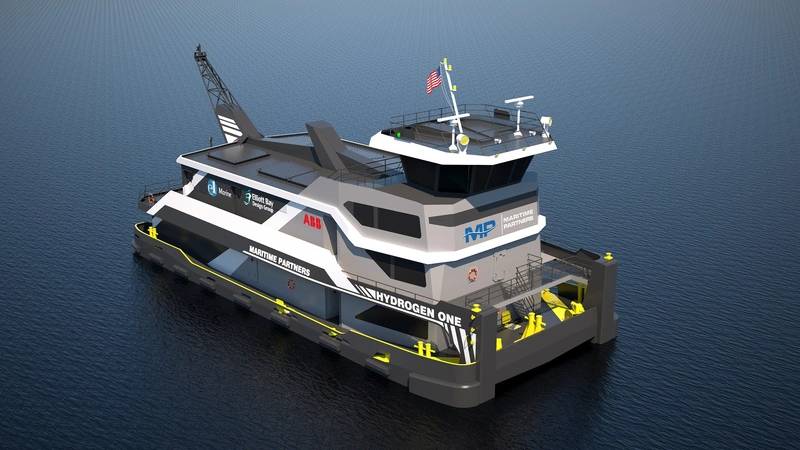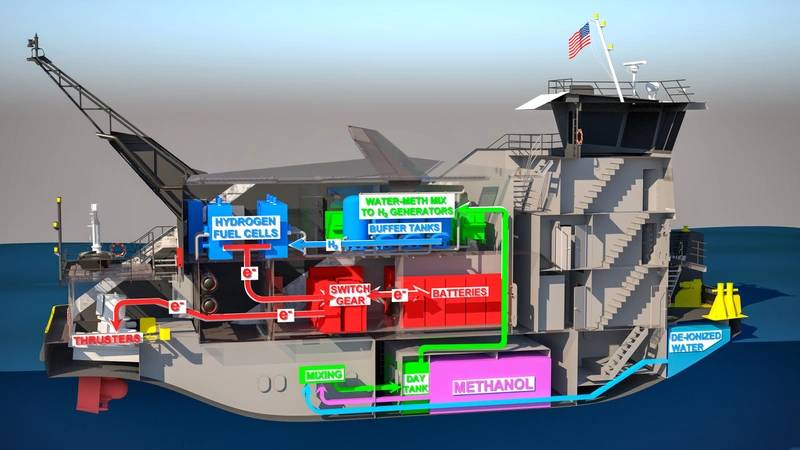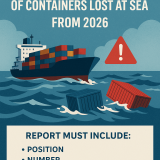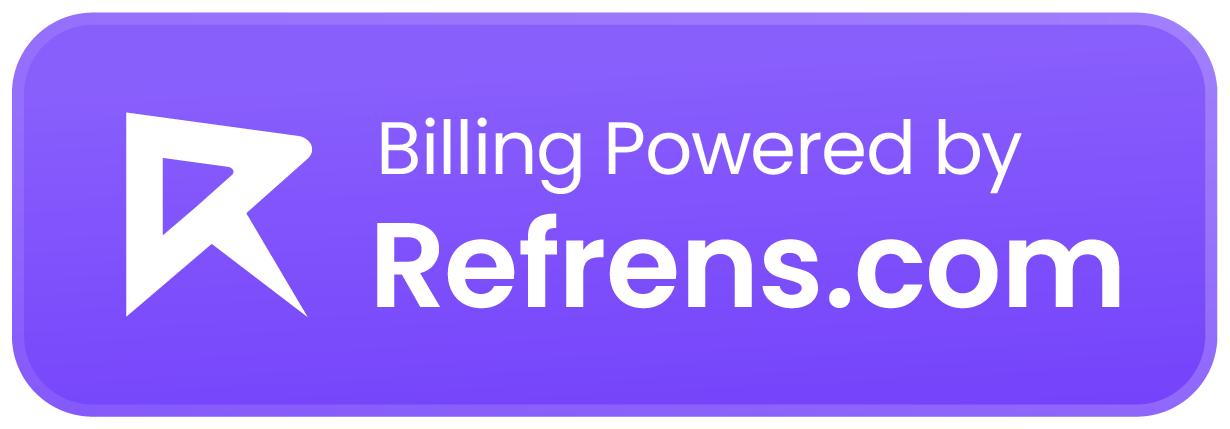Highlights
– The Baltic Exchange Dry Index (BDI) peaked in late May and has since fallen sharply as lower Chinese demand and adverse global economic developments have impacted expectations.
– The IMF has lowered its global economic growth forecast to 3.2% for 2022 and 2.9% for 2023.
– Year-to-date bulk volumes have increased 1.9% y/y with minor bulks continuing to lead the way.
– We estimate demand growth in the 1-2% range for 2022 and 2-3% for 2023.
– Contracting has remained low, and the order book has reduced to 7.5% of the fleet size.
– The fleet is expected to grow by 2.7% in 2022 and by 2.2% in 2023, but capacity supply is expected to grow by only 1% rest-of-year and by 0-1% in 2023.
– We expect an improvement in the supply/demand balance during the rest of 2022 as the EU’s ban on Russian coal will add tonne miles, and Chinese demand could also rebound. We forecast further improvement in 2023.
– Risks of a global recession have increased, and lower economic growth could harm bulk demand.
Recent developments
The Baltic Exchange Dry Index (BDI) peaked at 3,369 in late May just as demand expectations slowed due to the impact of extended Chinese COVID lockdowns and increasing headwinds for the global economy. Congestion also began to ease and the BDI embarked on a downward trajectory. In late August, it hit a 2022 low of 865, matching levels last seen in June 2020. Year-to-date, the BDI has on average been 19.5% lower than during the same period last year.
Year-to-date, deadweight tonne miles are 0.6% ahead of last year despite several concerns about key markets. The Russian invasion of Ukraine closed Ukrainian ports, while ever stricter sanctions on Russia by the EU and USA have limited export markets for Russian cargo. Lockdowns linked to the zero-COVID policy have reduced economic activity in China, and an increase in domestic mining has also reduced China’s coal imports.
Global coal volumes have year-to-date still increased by 3.3% y/y; figures for July-August were up 1.7% y/y. This has been driven by increased demand in India and renewed demand for coal in the EU in order to fill the gap left by lower natural gas imports from Russia. The two other main commodities, iron ore and grain, have year-to-date fallen by 0.5% y/y and 3.0% y/y respectively. Slowing demand in China has impacted iron ore volumes, whereas the absence of Ukrainian grain has been particularly pronounced recently, and global July-August grain volumes were 8.3% lower than last year. The agreement to facilitate the reopening of Ukrainian grain exports has not yet had a significant impact.
Time charter rates have unsurprisingly followed the development in the BDI closely, and in early September these were 50.3% lower than at the same time last year. Second-hand prices for five-year-old ships have so far remained remarkably stable despite the significant reductions in both freight and time charter rates and are currently on average 15.8% higher than last year. Five-year-old ships are on average priced at 86% of newbuilding prices, whereas Capesizes are priced at only 71%. Newbuilding prices have so far continued to increase throughout 2022, despite lower steel prices, but appear to have reached a plateau for now.
Demand drivers
The International Monetary Fund (IMF) has again lowered its forecast for the global economy. Central banks have raised interest rates and tightened their monetary policies to try to contain further increases in inflation, and the IMF estimates that global GDP in Q2 2022 was lower than in Q1 2022. The baseline growth forecast from July estimates global economic growth of 3.2% in 2022, down from 6.1% in 2021, and that growth in 2023 will stand at 2.9%. Further downside risks exist, and the IMF’s worst-case scenario forecasts a possible further reduction in global GDP to 2.6% and 2.0% in 2022 and 2023 respectively.
Growth forecasts have been reduced for most key economies. Of particular concern to the bulk market is that forecasts for the Chinese economy have been lowered by 1.1 pp and 0.5 pp for 2022 and 2023 respectively. With forecasts of 3.3% and 4.6% for 2022 and 2023 respectively, growth in China is expected to hit its lowest levels since 1990. The People’s Bank of China has cut interest rates, one of the few central banks in the world to so but increases in economic stimulus have otherwise been minimal. Special Purpose Bonds issued by local governments are on par with 2021, but lower than in 2020. The central government has recently also committed further funds for infrastructure development, which could increase demand for both iron ore and coking coal but may not have much impact in the short term.
In the latest forecast, India remains the fastest-growing economy despite higher-than-average reductions to forecasts compared to the April projection. Growth is now forecast at 7.4% and 6.1% for 2022 and 2023 respectively. Elsewhere in Asia, projections for Japan and ASEAN-5 countries have also been lowered.
The projections for Emerging and Developing Europe, Latin America and the Caribbean, Middle East and Central Asia, and Sub-Saharan Africa are the only ones not to have been lowered since the April forecast. Unfortunately, these areas are not key demand areas for the bulk market.
The World Steel Association estimates that global steel production in the first half of 2022 fell by 5.4% compared to the same period in 2021. The world’s biggest steel producer, China, reduced its production by 6.4% y/y in the first half of 2022, not least due to a 6.4% year-to-date fall in real estate investments. The World Steel Association’s most recent steel production forecast for 2022 and 2023, which was made in April 2022, estimated global demand growth of 0.4% and 2.2% in 2022 and 2023 respectively. It now appears more likely that 2022 will end with negative demand growth despite the recent efforts by the central bank and central government in China to help demand rebound in the second half of the year.
The International Energy Agency (IEA) has slightly lowered its estimate for global coal demand in 2022. Demand in the first half is estimated to have increased by 0.5% y/y and full year demand is estimated to increase by 0.8%. For 2023, a 0.3% increase is estimated. India and the EU are the drivers of growth in 2022, and demand is estimated to grow by 7.3% and 6.5% respectively. In India, increased electrification, high demand for electricity during a heat wave, and high gas prices are driving demand, whereas, as previously mentioned, EU demand is being driven by a shift back towards coal and away from gas to reduce dependence on Russia. Demand in China fell by 3.0% y/y in the first half of the year due to lower economic activity and high hydropower generation. Assuming economic activity rebounds in the second half of the year, IEA estimates a full year reduction in demand of 0.5% y/y. Seaborne demand to China is, however, still likely to reduce as domestic coal output rose by 11.5% y/y during the first seven months of 2022. The EU’s ban on Russian coal will further benefit tonne miles demand during the rest of year as imports from Russia are halted and are likely to be replaced by more coal from USA, Australia, Colombia, and South Africa. We estimate that this could increase tonne miles demand for coal by 5% and 1% for the overall market.
Despite an expected 41.5% reduction in Ukrainian wheat exports in the 2022/23 marketing year, the US Department of Agriculture (USDA) still expects a 1.8% increase in global shipments over the 2021/22 marketing year. Strong harvests in Canada and Russia are expected to replace the loss of Ukrainian exports. Ukrainian maize exports cannot be entirely replaced by other countries even if Brazilian exports are forecast to increase by 36.8% in the 2022/23 marketing year. Soybean exports are forecast to rebound from the 2021/22 marketing year and increase by 10.3% in the 2022/23 marketing year, with Brazil again delivering most of the growth. Combined, volumes for the top three grains are expected to increase by 2.6% in the 2022/23 marketing year. Very high fertiliser prices meantime remain a risk to harvests as farmers try to limit fertiliser use. In contrast, grain prices have recently been falling, thus reducing the risk of demand destruction.
Year-to-date, fertiliser volumes have fallen 2.7% y/y, confirming the impact of the higher prices. Along with ores, it has been the only minor bulk commodity to show negative growth year-to-date. Ores have been particularly impacted by lower nickel ore shipments to China during the extensive COVID lockdowns. The nickel industry, however, expects continued growth in demand for both stainless steel and batteries for electric vehicles. In total, minor bulks have continued to grow much faster than the top three commodities. Year-to-date combined volumes of iron ore, coal, and grains have grown by 0.6% y/y, whereas minor bulks are up 4.8% y/y for a total 1.9% y/y growth in bulk volumes.
Barring any significant adverse rest-of-year impacts from a slowing global economy, we estimate that that volume growth in 2022 will end in the 1-2% range and estimate growth of 2-3% in 2023.
Supply
Contracting has remained very low during the first seven months of 2022 and has hit its lowest level since 2016, and we only expect a minor increase in 2023. The order book has therefore fallen again and is now only 68.1 million DWT, equal to 7.5% of the trading fleet. Deliveries in 2022 and 2023 will therefore be muted, and combined are expected to reach their lowest two-year level since 2007-2008. We meantime expect that demolition activity will increase in 2023 as congestion eases and some owners will find it uneconomical to retrofit ships to comply with EEXI and CII standards. All in all, we forecast that fleet growth will fall from 3.6% in 2021 to 2.7% and 2.2% in 2022 and 2023 respectively.
Capacity supply is equally impacted by congestion and sailing speed. Congestion has been elevated since mid-2020 but has recently reduced quite significantly and has added to capacity supply. Conversely, average sailing speed has on average been 0.1 knots lower in 2022 than in 2021 and has reduced capacity supply. With the implementation of EEXI and CII as well as ETS in the EU, we find it unlikely that sailing speed will increase in 2023 and believe that it is more likely to drop further. We do, however, consider it likely that congestion will revert to lower levels and release more capacity.
All in all, we estimate that capacity supply will grow by 1% for the rest of 2022 and at a slower rate than fleet growth during 2023 to end in the 0-1% range.
Conclusion
Compared to our last update, the global economy is facing stronger headwinds, and slower growth in China is of particular concern. The risk of a global recession has increased as central banks combat high inflation rates through a combination of increased interest rates and a reduction in fiscal stimulus.
We have therefore lowered our volume forecast but expect tonne miles demand to increase by 2-3% in 2023, compared to capacity supply growth of 0-1%. Risks remain to the demand forecast but capacity supply could also fall if demolition activity exceeds our forecast. Overall, we expect that demand will grow faster than capacity supply and improve market conditions.
For the rest of 2022, we expect an improvement in market conditions compared to present as the EU ban of Russian coal will add tonne miles and Chinese demand could rebound. Freight and time charter rates could therefore improve compared to recent levels, although we consider it unlikely that the market will reach the highs achieved earlier in the year.
Source: BIMCO, By Neils Rasmussen, Chief Shipping Analyst, BIMCO











